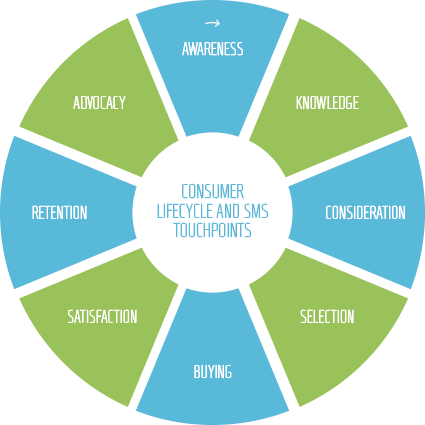Bulk SMS Service Overview

Bulk messaging is the dissemination of large numbers of SMS messages for delivery to mobile phone terminals. It is used by media companies, enterprises, banks (for marketing and fraud control) and consumer brands for a variety of purposes including entertainment, enterprise and mobile marketing.
Type of SMS
- Promotional SMS is used to send offers, discounts or promotions to new and existing customers. The messages may or may not be solicited by the recipients.
- Transactional SMS is used to send OTPs, informational messages, booking and order alerts to your registered customers. They should not be intended for marketing.
SMS Feature
1. It’s real-time
Once delivered, the SMS is opened almost systematically. The figures do the talking: the SMS channel ensures open rates above 98%. And of this 98%, 90% occur within three minutes of delivery (India). These figures position SMS as a real-time marketing channel.
It is no coincidence that customers’ preferred methods of customer care include support via SMS. There are several ways of using SMS to manage consumer relations -to request feedback, receive support, send reminders, and more.
2. It gets everywhere
It may sound peculiar, but this term is more than appropriate. Its supporting devices make SMS truly omnipresent: the smartphone (or the old-generation mobile phone) is the everyday accessory that many consider to be “the true piece of proximity technology” that we always have on hand, like our wallet or house keys.
SMS is omnipresent because it reaches the recipient everywhere and at any time of the day, because it does not depend on having an internet connection. Let’s think about the overall importance of transactional mailings for companies to communicate in a timely manner and improve the customer journey: The SMS Advantage study by SAP & Loadhouse highlights how 64% of consumers believe that SMS improves their user experience.
3. It’s versatile
The customer journey is made up of moments and touchpoints – meaning the various elements of the business relationship with the customer.

Looking at the diagram, we can see how SMS can cultivate all touchpoints through targeted communication. A sense of completeness that text messages share with email.
The hotspots of the customer journey are the ones in the middle, from the understanding to the maintenance stage: It is here where SMS makes the biggest impact in supporting purchases and building loyalty. However, as we develop an SMS Marketing plan, we can see how text messages cover the entire customer life cycle.
4. It can be personalized
This feature has two aspects: one being targeted at brands, who can personalize the messages making them recognizable, thanks to a text alias to replace the phone number; and the other is targeted at recipients, through segmentation features and dynamic fields, making it possible to customize the SMS based on each contact’s activities, interests and personal information. Not forgetting the option to link up to three text messages to give your communications greater scope.
5. It’s integrated
Thanks to APIs (SOAP and REST), web service and FTP batches, the SMS channel can be connected to any CRM, e-commerce, ERP or content management system. This is an essential resource to create an exchange between customer information and data, by connecting the various technologies and setting up a digital ecosystem.
Within a digital strategy, the best partner of SMS campaigns is email, which complements the text messages. The trick is being able to coordinate these two channels into a single stream, which we’ll talk about in the next point.
6. It’s automatic
We all know the name: Marketing Automation. Yet there are still a small number of brands that put it into practice or are familiar enough with it. It is technology that allows you to have an automatic workflow of emails, SMS and more: not only a way to save time and make the flow of communications independent, but it also lets you create relevant and targeted campaigns, automatically gear content and messages (welcome, confirmation order, promotional messages etc.) in line with the recipient’s personal information, interests and behavior based on previous communications.
7. It’s fully traceable
Anyone sending an SMS can have in-depth information about delivery and failed delivery percentages, and openings such as clicks on links in the message, not only by campaign but also by recipient.
Link traceability with SMS in particular is a fundamental tool to find out who clicked the link and how many times they repeated the action. What’s more, recipient-based reports provide you with information and statistical data that you can use to develop a filter, create a new group of recipients or even establish a condition (as accurately as possible) for triggering a workflow.
8. It’s flexible
In the sending stage, SMS is a tool with a high degree of flexibility. You can:
- Schedule the delivery to choose the day and time when your recipients will automatically receive your communications.
- Set up “do not disturb” time slots, to avoid nighttime deliveries or certain days of the week.
- Pause and resume sending, to suspend your campaign, amend its content and resume it at any time.


